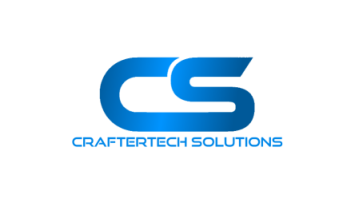Point Cloud to BIM services have become an essential tool in the construction industry, allowing for more accurate and efficient modeling of buildings and infrastructure. Point cloud data, generated through laser scanning and photogrammetry, provides a detailed representation of a project site that can be used in Building Information Modeling (BIM) software. However, managing this data effectively is crucial for successful BIM projects. Here are some best practices for Point Cloud Data Management in BIM Projects.
1. Consolidate Data: When working with Point Cloud to BIM services, it is important to consolidate all the data gathered from different sources into a single point cloud file. This will ensure that the information is organized and accessible in one place, making it easier for project teams to work with the data.
2. Data Cleansing: Point cloud data can often be noisy and contain errors that can impact the accuracy of BIM models. Perform data cleansing to remove any unwanted points, noise, or inaccuracies from the point cloud data. This will ensure that the models created from the data are more precise and reliable.
3. Data Segmentation: Segmenting the point cloud data into different sections based on the project requirements can help in managing the data more effectively. This can include separating the data by floors, rooms, or building elements, making it easier for the project team to work on specific areas of the model.
4. Collaborative Platform: Utilize a collaborative platform that allows project team members to access and work on the point cloud data simultaneously. This will streamline communication and collaboration among team members, ensuring that everyone is working with the most up-to-date data.
5. Data Storage: Ensure that the point cloud data is stored securely on a reliable cloud server or local storage system. Back up the data regularly to prevent any loss of information, and ensure that the data is easily accessible to all project stakeholders.
6. Metadata Management: Include metadata in the point cloud data to provide additional information about the scanned objects, such as dimensions, materials, or manufacturer details. This will enhance the understanding of the model and make it easier to work with the data.
7. Quality Control: Implement quality control procedures to verify the accuracy and integrity of the point cloud data. This can involve comparing the scanned data to as-built drawings or conducting site visits to confirm the accuracy of the models.
By following these best practices for Point Cloud Data Management in BIM Projects, project teams can ensure that they are working with accurate and reliable data throughout the project lifecycle. Point Cloud to BIM services have revolutionized the way construction projects are designed and executed, and effective data management is crucial for maximizing the benefits of this technology.
Find out more at
Craftertech Solutions Global Private Limited
https://www.craftertechsolutions.com/
7278752240
India
Craftertech Solutions Global Pvt. Ltd. is a leading architectural and engineering design firm specializing in Point Cloud to BIM, LGSF building systems, and integrated digital workflows. With a strong focus on precision, innovation, and client satisfaction, the company delivers tailored solutions across global markets. Craftertech excels in technical execution for architectural projects, and professional documentation, including proposals, quotations, and FSR drawings. Their multidisciplinary team supports developers, architects, and contractors with scalable design services, cutting-edge visualization, and strategic business consulting. Committed to quality and compliance, Craftertech empowers clients to build smarter, safer, and more efficiently in today’s competitive construction landscape.

